Système T
observatory
In the 19th century, first in the United Kingdom and then in the United States, the literary and philosophical practice of naturalism boomed. In her text Apprendre à voir, historian and researcher Estelle Zhong Mengual affirmed it was also the century in which women appropriated natural history.
Confined to the domestic sphere, female naturalists began to invest their attention into their immediate environment and the space of the garden, which became a site of privileged relationships with other living beings. The home was transformed into a place of discovery, self-taught learning and observation of life. Drawing on this historical context, I considered the domestic objects that make these intimate encounters possible and offer primary but equally essential comfort.
The roof is made using a bead-weaving technique from the Système T research project detailed above. Playing with notions of scale, this small, portable awning is reminiscent of temporary housing, urban market stands and ornamentation in the windows of homes. It forms part of a “home-based” tradition as an invitation to conduct field experimentation woven into daily life.
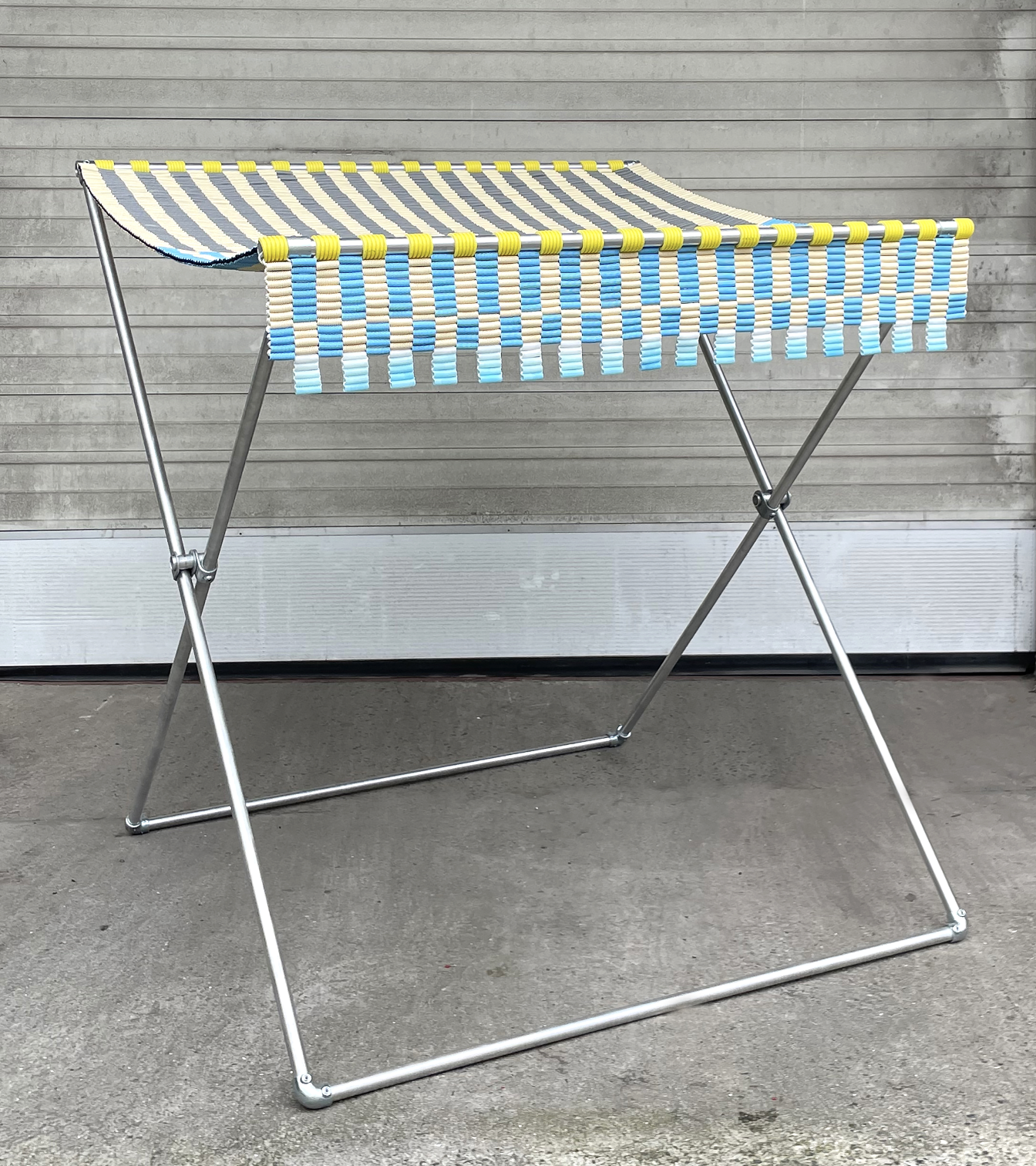
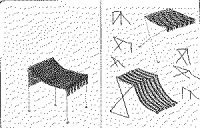
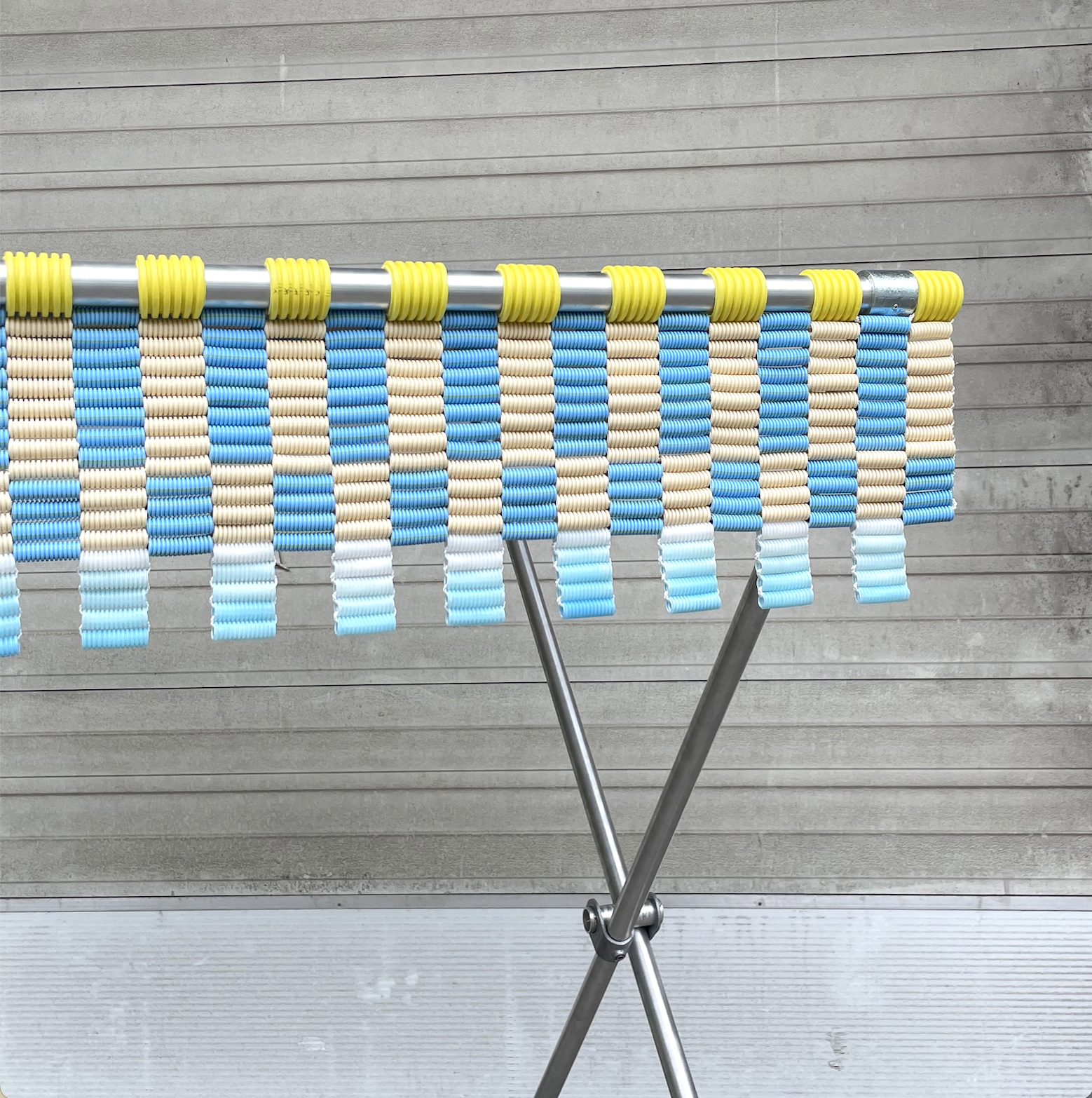
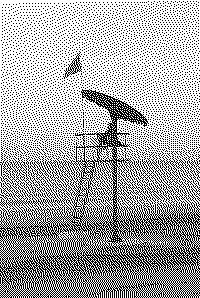
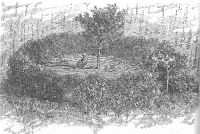
Mary Treat
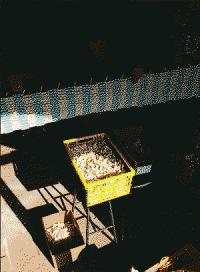
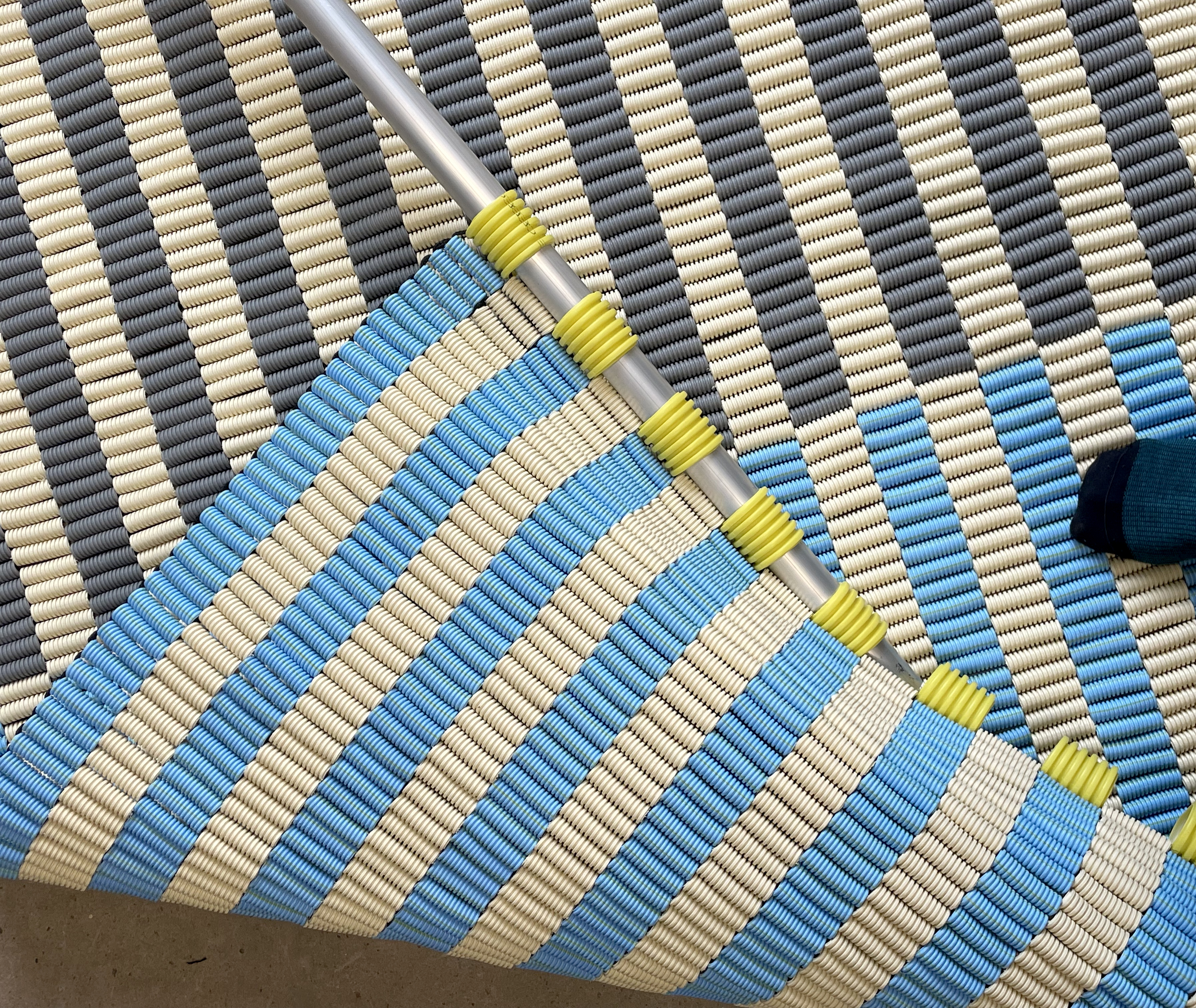
- Observatory ICTA Sheath 16mm, Braided Polypropylene Rope, Aluminum Tube, and Tubular Connectors 170 x 190 cm
- Idem
- weaving detail